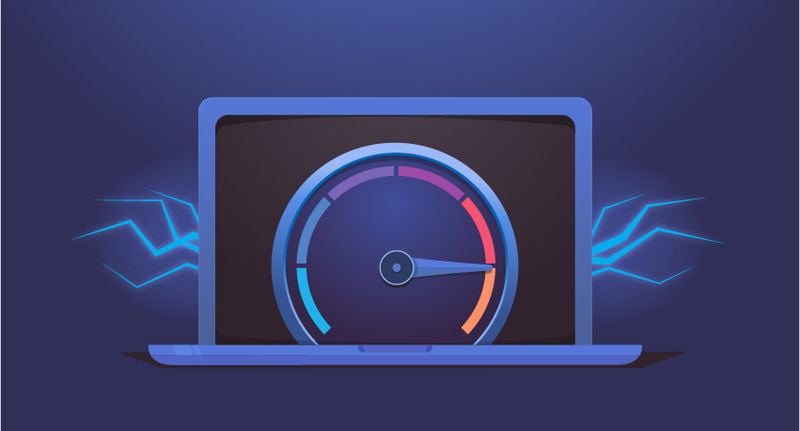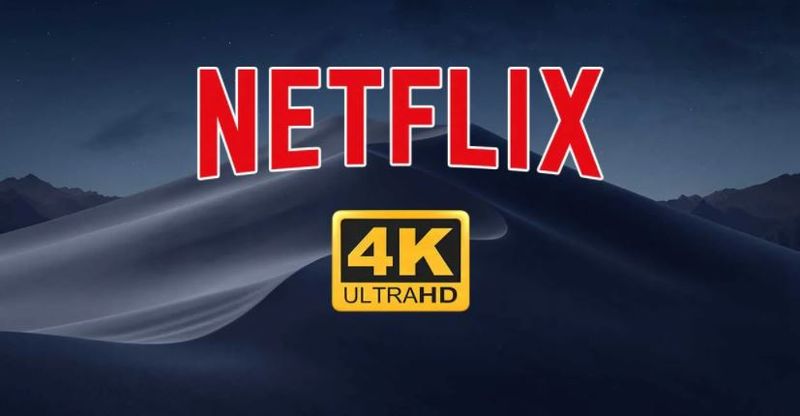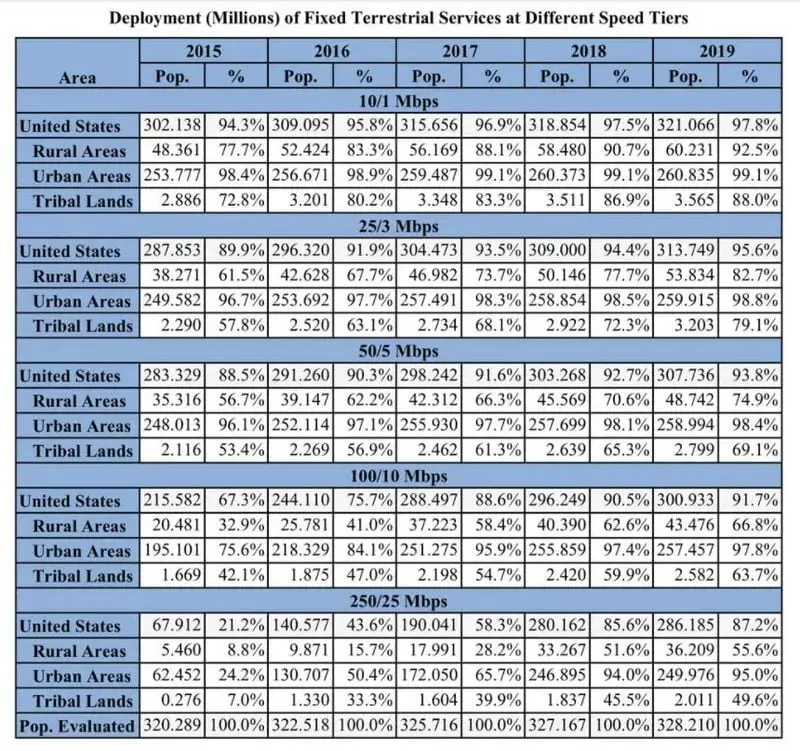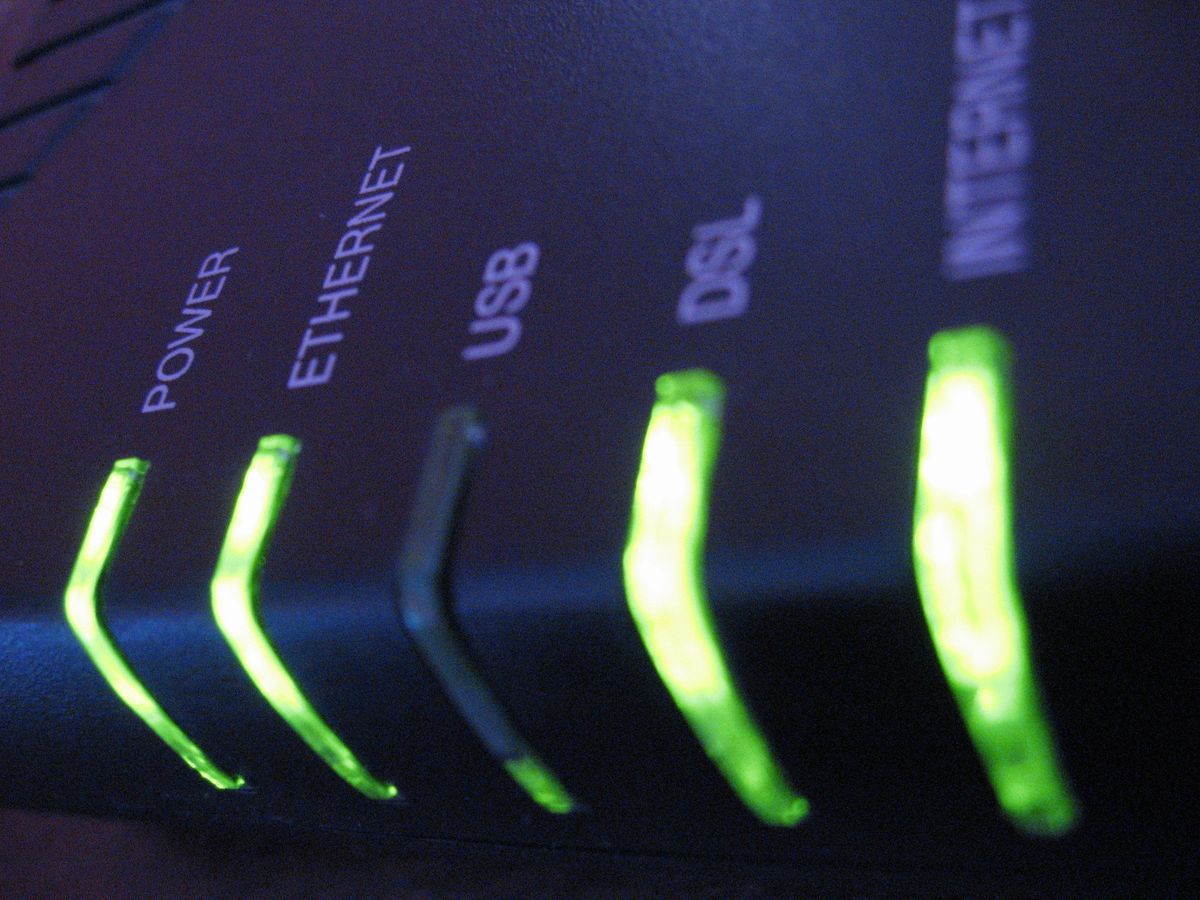The USA defends that a 3 Mbps upload is enough to use the Internet. We are one of the most privileged countries in the world in terms of new generation connectivity since 84% of the country’s population can access speeds of more than 100 Mbps, and by the end of the year, it will be 91%. However, in the United States, they are trying to convince that there is no need for so much speed.
The USA defends that a 3 Mbps upload is enough to use the Internet
In the United States, wiring the entire country with fiber is quite complex, and ADSL or cable is used in a large part of the population. Therefore, solutions such as Starlink are really needed there.

And even more so if we take into account the latest statements by Ajit Pai, chairman of the Federal Communications Commission (FCC). Although he has very little time left in office, Pai is leaving without updating the download and upload speed considered as a basic standard throughout the country.
FCC: 25 Mbps downstream and 3 Mbps upstream are enough for everyone
As stated in the report released by the FCC, they state that they “find that the current speed of 25 Mbps downstream and 3 Mbps upstream is sufficient to enjoy adequate advanced telecommunications service. We conclude that fixed networks with that speed continue to meet that definition, allowing users to send and receive high-quality voice, data, image, and video telecommunications”.

These speeds have not changed since January 2015, and for mobile, they have not even bothered to set a minimum speed for an “advanced” connection. Thus, incoming FCC Chair Jessica Rosenworcel states that “the FCC should raise the minimum download speed to at least 100 Mbps, and the upload speed to something in excess of 3 Mbps.” This is important in a world where cloud connectivity and backups are the order of the day, as well as video calls.
In fact, that speed may be enough for a single person, but there are more and more connected devices in the home, and people using the Internet. Making a video call and using a torrent at the same time is impossible with that speed, and watching more than one Netflix stream in 4K is not feasible either. If you want to watch something on TV in 4K over the Internet, someone else won’t be able to use YouTube or Twitch at the same time.
The digital divide is still very large in the U.S.
Between 2016 and 2019, the gap in the percentage of people with Internet access in rural versus urban areas has narrowed from 30 points to 16 points. Currently, 99% of the population in urban areas has access to speeds of at least 25 and 3 Mbps, by 95% who access 250 and 25. In rural areas, 82.7% already have access to 25/3, while from 250/25 the figure drops to 55.6%.

The digital divide remains a problem. Pai replaced the Connect America Fund with the Rural Digital Opportunity Fund, with a budget of 9.2 billion dollars to deploy new networks over the next 10 years. The problem with that deployment is that it has been done before establishing which specific areas should receive it, with areas with little or no population, among others.





